Understanding Application Management: Define & How
Application Management is a crucial element in ensuring the smooth functioning of applications, contributing to the success of the business in the long run. This article covers the details of what application management is and how can organizations include it in their business processes.
1 What is Application Management (AM)?
Application Management is a continuous set of operational processes covering the management and maintenance of software applications. It also includes the areas of troubleshooting, updates, and version control of the app.
These processes determine if the organization can handle the development and maintenance of a particular application, help produce efficient applications, and equip the business with the right tools and plans to deal with technical failures.
Application Management is a significant contributor to business owners and managers as well as the IT team. It helps them in the following ways:
- With the right set of tools and processes, business owners and managers can define a strategy to drive business growth. It is because IT application management gives them a deeper understanding of the application lifecycle processes and helps them reduce the risks of failures to a great extent.
- With the bigger picture of the application processes, the IT team can determine the right set of technologies and methodologies to enhance the operation and performance capabilities of the business.
2 AM vs ALM vs APM vs AMS
Generally speaking, all of these terms are related to application management. The following diagram can clearly show the relationship between AM, ALM, APM and AMS.
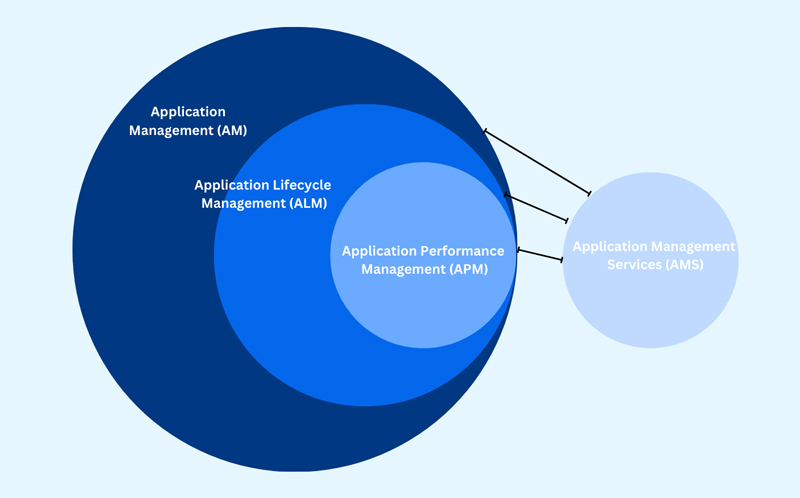
However, they have slight differences based on the areas of business application management they handle. The difference is explained as follows:
- Application Management (AM) – It is the broader field covering the day-to-day operational tasks of managing an application.
- Application Lifecycle Management (ALM) – It is the subset of application management and focuses on the tools and processes to utilize throughout the application lifecycle process, such that from its inception to deployment and beyond.
- Application Performance Management (APM) – It is the subset of ALM, particularly focused on the performance observability and improvement of the application.
- Application Management Services (AMS) – These are the AM services provided by companies to businesses that want to outsource their enterprise application management processes.
The following table summarizes the focus and role of these four:
| Process | Focus | Role |
|---|---|---|
| AM | Focuses on daily operational tasks to manage and maintain the software | To ensure the smooth running of the applications |
| ALM | Focuses on managing tools and processes utilized throughout the application lifecycle | To optimize the development process of the application |
| APM | Focuses on monitoring and tracking the application performance | To enhance the user experience of the application |
| AMS | Focuses on outsourcing the enterprise application management to another business | To gain cost-effective solutions for the application management |
3 How to Implement Application Management for Enterprise?
This section explores the steps of implementing AM for an enterprise. It is divided into three sections, which are explained as follows:
1) Before Starting to Manage Applications
It's always an efficient approach to understand a few elements before diving into the application management process.
A. Purpose of Application Management
A. Purpose of Application Management
Application Management brings together all the processes of application planning, development, deployment, and maintenance. It helps produce efficient and effective solutions. Some of the many benefits of incorporating application management are:
- Helps scale application lifecycle – With effective application management, you can instill development and marketing efficiency, reduce costs and risks, and incorporate compliance from the design to the retirement of the application.
- Ensures application performance – Application management gives you a better hold of the app’s weak points, allowing you to enhance the user experience, reduce downtime, and promote smooth updates.
- Improve application security – Having an effective management process unveils the threats and risks in the early stages, making it easier to secure your application from security vulnerabilities and data breaches.
B. Roles Involved in Application Management
B. Roles Involved in Application Management
To make an application management process a successful one, several roles are involved. The two main roles include a DevOps team and the Application/Product Manager. The responsibilities of each are as follows:
DevOps team
DevOps is the concept of having the development and operations team work together to ensure the successful delivery of an application. The DevOps team in IT application management generally includes the following roles:
- System Admin – They ensure that the systems are up and running per the organization's standards. From support to maintenance of computer servers, they handle it all.
- Database Administrator – They work to ensure that the data is stored and retrieved correctly along with the maintenance and security of the databases.
- Application Development Team – The team includes a set of developers to ensure the successful and smooth development of the application.
- Security Engineer – They ensure having the digital and cybersecurity at the core of the organization's infrastructure.
- Release Manager – They combine and streamline all the components of development to have a successful and timely release.
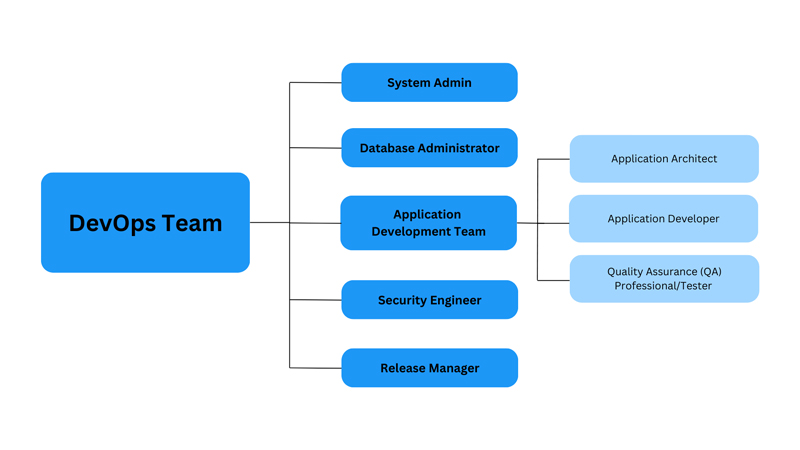
Application Manager/Product Manager
Without a proper overlook of the processes, they can end up in failure. The application/product manager oversees all the processes of application development, guides the team on the latest technologies, and ensures abidance by compliant standards.
C. Enterprise Application Types
C. Enterprise Application Types
There are three main types of enterprise applications:
- Web Applications – A software application that runs in the web browser.
- Desktop Applications – A software application that runs on a computer system.
- Mobile Applications – A software application that runs on mobile devices.
Bringing all this together, it's important that you choose an application management tool and plan based on your purpose, involved roles, application type, and tools. The following table summarizes the elements of each:
Element | Reasons |
|---|---|
| Purpose | By knowing the purpose of your application management solution, you can ensure efficiency, effectiveness, and resource optimization. |
| Roles | By identifying the roles within your organization that are involved in the process, you can choose the solution that helps enhance user experience and have access-based security. |
| Application Types | By knowing the application type, you can identify the scalability and customization requirements. |
| Tools | By considering the involved tools in the process, you can streamline operations by correcting workflow integrations and inducing automation. |

2) How to Manage Applications Based on Purpose (With Tools to Use)
This section explores the phases of application management based on a defined purpose along with the set of tools you can utilize in each phase:
For Application Lifecycle
As mentioned before, the application lifecycle brings together people and processes to cover all the phases from the application’s inception to deployment and ahead. There are five main stages of ALM which are as follows:
- Requirement Gathering
- Application Development
- Application Testing
- Application Deployment
- Application Maintenance
Generally, the whole development and operations team is involved in the ALM to execute it in an efficient manner.
For the Application Lifecycle, one requires tools that bring together project, requirements, source code, and test management. Considering these aspects, some of the preferred tools are:
- Atlassian Products – The combination of Atlassian products like Jira, Confluence, and Stash can bring all the required capabilities in one place.
- Microsoft Azure DevOps Server – This ALM is a preferred choice as it utilizes the Visual Studio suite to bring together version control and configuration functionalities.
- Polarion ALM – This ALM solution by Siemens brings together people and processes by allowing secure data sharing, user permissions, and reuse of code.
For Application Performance
Application Performance Management is the process of monitoring the performance of the application and identifying the loopholes to improve the user experience. Generally, this process collects the performance metrics and the capacity of the computational resources.
The roles involved in this process are the IT Operations teams, Development Team, Reliability Engineers, Cloud Teams, and the Product Owner.
Whenever selecting an APM tool, it is important to consider that it contains the following abilities:
- Real User Monitoring
- Server and Cloud Monitoring
- Network Monitoring
- Database Monitoring
- Synthetic Monitoring
Considering all these elements, some of the popular APM tools are as follows:
- Dyantrace – The tool ensures that all the computer programs are working smoothly and regularly scans them for vulnerabilities.
- Datadog APM – This tool provides you with visibility across the complete integration environment of the application from mobiles and browser apps to the databases.
- AppDynamics – This APM tool by Cisco helps monitor digital applications, providing you with better access to its management.
For Application Security
Application security ensures that security stands as a base layer throughout the application lifecycle management. Even if the application is well-equipped with functionalities, its lack of security can make it a complete failure.
Generally, application security stands as a responsibility of the Development Team, Product Owner, Reliability Engineer, and IT Operations. However, an additional role of Application Security Engineer is involved whose sole responsibility is to identify the security risks in the design and development of an application. He/she is also responsible for introducing secure infrastructures and tools.
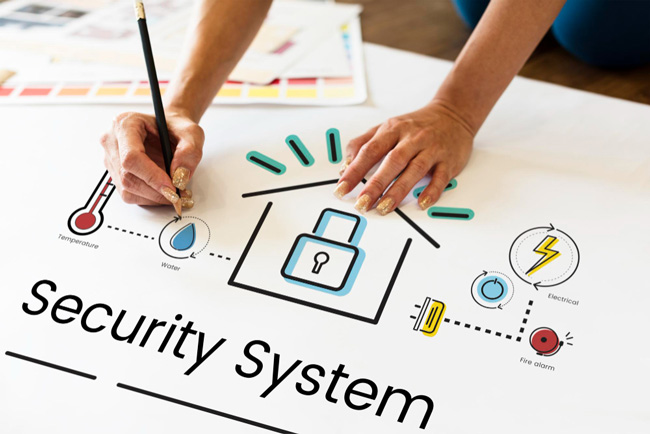
Application security practices are usually the simplest ones that get ignored, for example, the management and control of employee’s devices. Therefore, it must be taken seriously before it turns into a disaster.
Some of the popular application security tools include:
- Veracode – This tool is capable of integrating security throughout the Software Development Life Cycle (SDLC) of the application. From static and dynamic analysis to interactive application security testing, it covers it all.
- GitLab – Although it is a version control system, it has security as an integral part of its structure. Therefore, using GitLab as your development partner makes the abidance by security practices easier and more manageable.
- SonarQube – This open-source tool is a great choice to help developers write and release clean codes, reducing security risks by a great deal.

Application Management Service Guide
If you want deeper insights into enterprise application management, view our PDF file. It’s loaded with detailed information to help you make the best decision for your organization's needs.
4 Importance of Application Management
There are several benefits attached to application management, mainly because it structures the whole process and brings together all the teams in an efficient manner. Some of the benefits include:
Reduce Cost
When development and operations teams work together and testing exists as an integral part of the complete application development process, it helps identify bottlenecks in time. With the identification of potential risks and issues in the early stages of development, they can be fixed and save the organization from heavy costs to deal with the failures.
Security and Reduce Risk
Application Security processes work in parallel with all the application lifecycle processes, making it the core of the complete development process. The security engineer is not only responsible for identifying risks but also for introducing the right set of tools and infrastructure capabilities to enhance security.
Competitive Advantage
In the IT industry, several software ends up in failure because of improper planning and management. On the contrary, ALM is all about collecting, analyzing, and managing requirements and risks to produce a successful outcome.
Regulatory Compliance
With cleaner codes, effective project management, and timely risk assessments, it makes it easier to comply with the compliance requirements. The collaborative effort brings together the expertise of all the teams into the development process instead of saving them for the last minute.
5 Techniques Used to Manage Applications
There are several techniques to help manage your applications effectively. A few of them have been described below:
Continuous Integration/Continuous Deployment (CI/CD)
CI/CD is the concept of producing code for release and deploying it using automated pipelines. It results in frequent releases with smaller components of code, making it easier to test and integrate.
Version Control System (VCS)
VCS is a software platform that helps you manage and keep track of the changes in the source code. Two of the popular VCS include GitHub and GitLab.
Cloud Services
Cloud services involve third-party infrastructures available on the internet to help manage the resource requirements on demand. This removes the problems of managing the required resources manually.
Containerization
The idea of containerization is to collect all the code files and required libraries to execute the code in one place. This makes a container that can essentially run in an isolated environment without any issues.
Static Application Security Testing
This testing is performed on the code in its static state, meaning reviewing the code to identify any potential errors or vulnerabilities that can cause issues when it moves to production.
Dynamic Application Security Testing (DAST)
This testing is performed on the running code, such that the testers access the front end of the application and review it for potential security vulnerabilities.
All in all, application management is an effective approach to not only execute the whole process smoothly, but also save software from potential failures and security vulnerabilities.


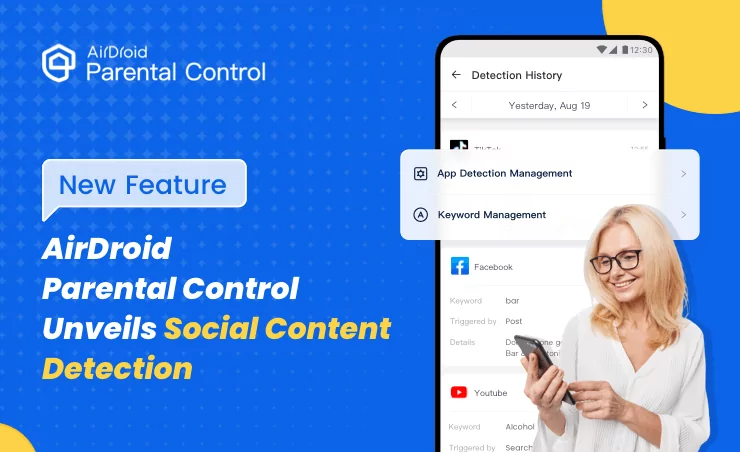
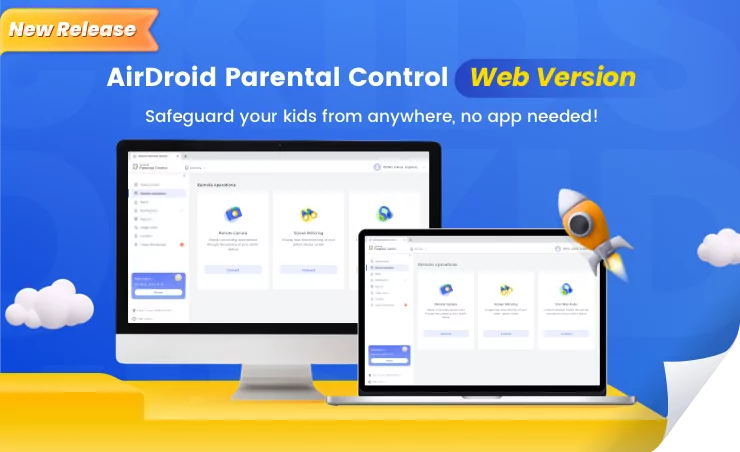
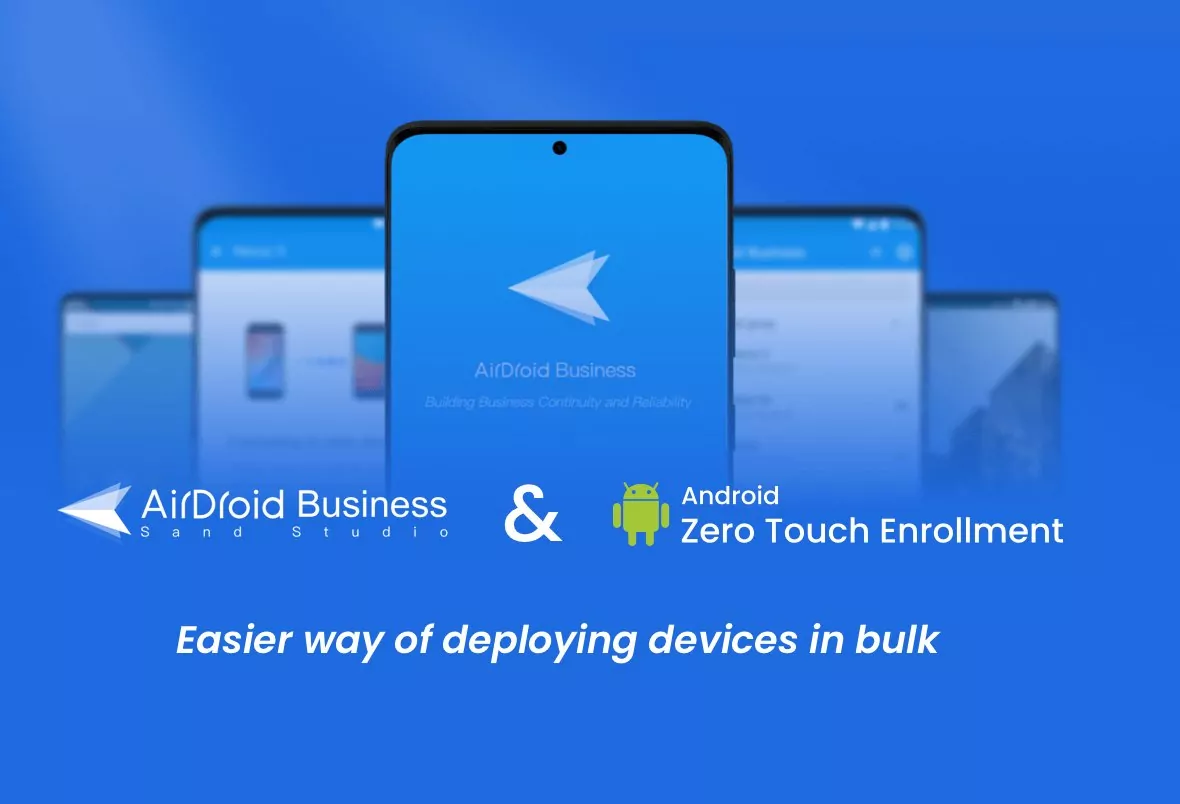

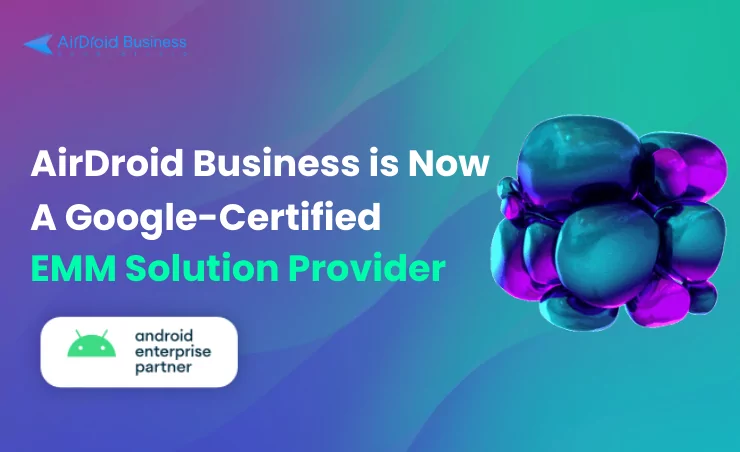
Leave a Reply.